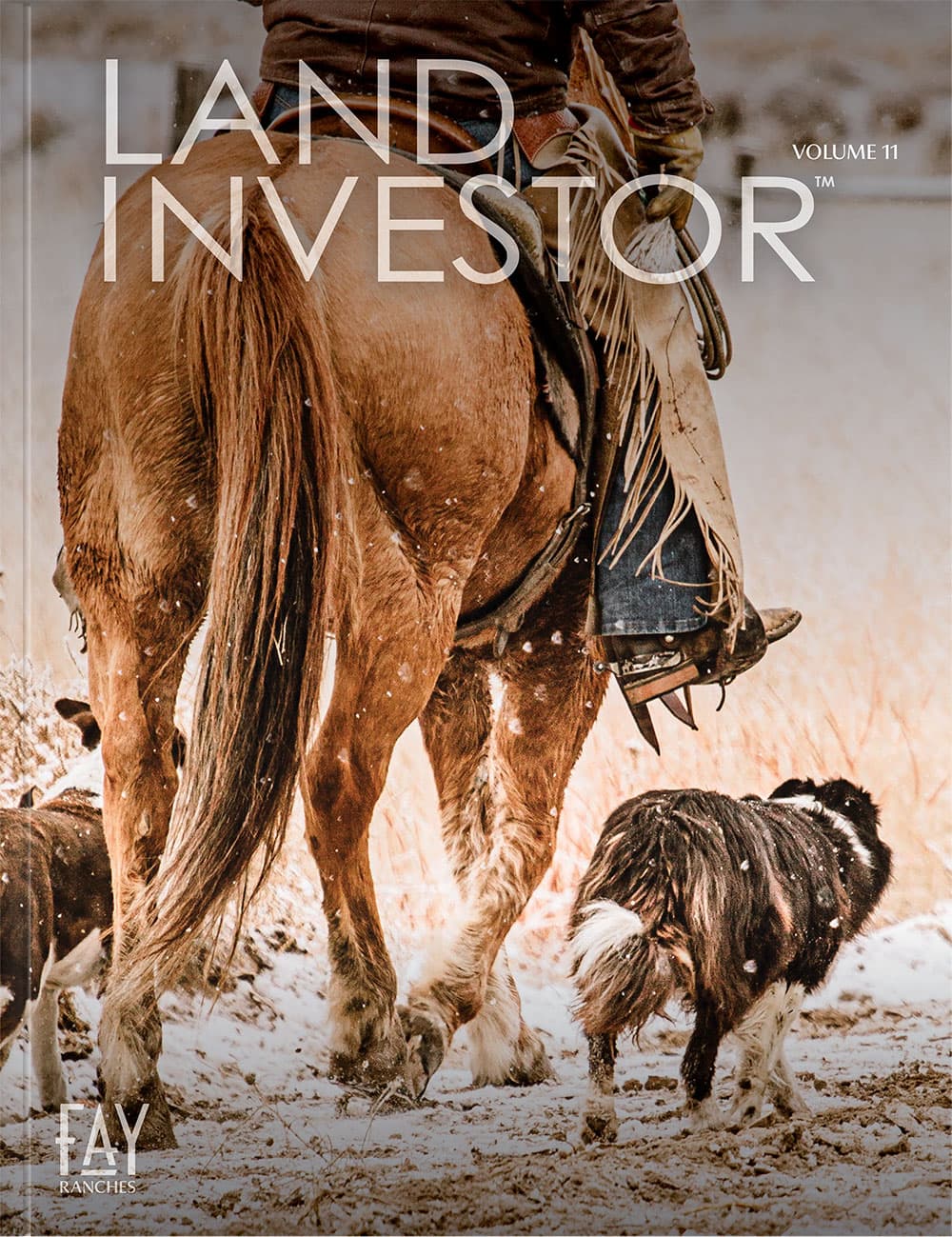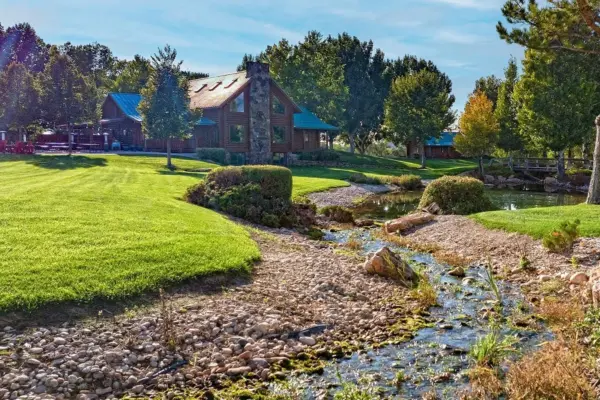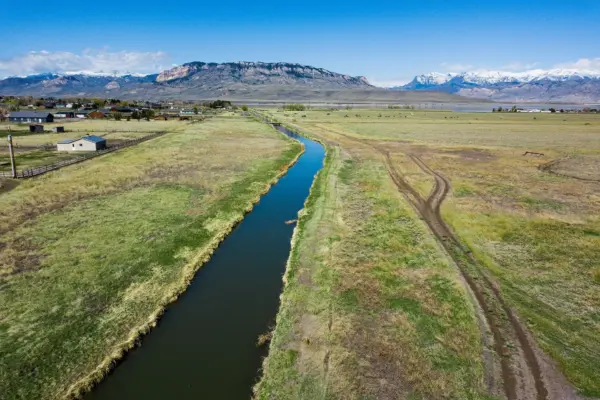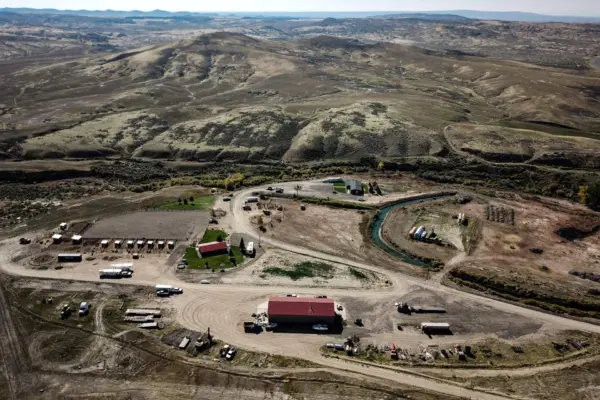Exchangeable Assets
The first step for a seller thinking of exchanging his or her farm is to itemize the various assets and determine which of those assets are exchangeable under §1031. Goodwill and inventory are not exchangeable under §1031. Additionally, the Tax Cuts and Jobs Act of 2017 eliminated the ability to exchange personal property assets under §1031 (equipment, livestock, etc.); however, the legislation did create a tool allowing for the immediate expensing of certain types of newly acquired business assets. Farm sellers should talk with their tax advisors about the immediate expensing rules to see if any new equipment acquisitions can benefit from this tool.
The largest asset of many farm and ranch sales is the real estate. Real estate used in a trade or business or held for investment can be exchanged for like-kind real estate under Internal Revenue Code §1031. Exchanging Real Property Assets
Real Estate and Buildings:
The real estate assets of a farm include the land and any improvements attached to the land such as a house or a barn. If the house on the farm is occupied by a tenant, worker, or caretaker on the property, it is considered investment property or property used in a trade or business and is exchangeable under §1031. On the other hand, if the owner lives in the house, the house is considered the owner’s personal residence and would not be exchangeable.
There are various tax strategies involving selling property that is both a personal residence and investment property. If property is held partially for personal use and partially for investment, such as a working ranch with a house on it in which the owner lives, a portion of the gain from the sale of the personal residence is exempt from tax under IRC §121 and the remaining tax can be deferred under §1031. Revenue Procedure 2005-14 clarifies how Sections 121 and 1031 can be used at the same time in connection with the disposition of the same property.
Crops:
Harvested crops are considered inventory and are not exchangeable under §1031. It is possible to exchange unharvested crops when they are sold with the land, at the same time and to the same person, provided that the land was held by the owner for investment purposes for more than one year. In addition, in order to trade the unharvested crops for real estate, the unharvested crops must be considered to be real estate under state law.
Water Rights / Mineral Rights:
The IRS has held that perpetual water rights are like kind to a fee interest in real estate. The rights must not be limited in amount or duration. Additionally, shares in a mutual ditch, reservoir, or irrigation company can be exchanged if, at the time of the exchange, certain requirements are met, including (1) the company is an organization described in I.R.C. § 501(c)(12)(A), and (2) the shares in such company have been recognized as constituting an interest in real property. Certain types of mineral rights that are considered real estate may also be exchanged. Owners need to examine the nature and duration of the rights granted and whether they are considered to be real estate for tax purposes.
Like-Kind Requirement:
IRC §1031 allows for the deferral of capital gain tax if property held for business or investment is exchanged solely for property of "like-kind.” Contrary to what many people believe, "like-kind" does not mean that an investor must exchange a farm for a farm. In the context of real estate, like-kind exchanges are valid between and among any interest in real estate, including bare land, commercial property, industrial buildings, retail stores, apartments, duplexes - even leasehold interests exceeding 30 years and some water and mineral interests as described above. So farm or ranch owners can 1031 exchange into another farm, a duplex, a commercial building, or any other interest in real estate.
Identification:
Any replacement property purchased within the 45-day identification period is deemed properly identified, but if an investor cannot close on his replacement property within the 45-day identification period, formal identification is necessary. Identification must be in writing and can only be sent to either the exchange company, the seller, or to any other person involved in the exchange who is not a disqualified party. The taxpayer’s real estate agent and attorneys are disqualified parties. The IRS has imposed limits on the number of properties that may be identified. These include limiting the properties to no more than three potential replacement properties (the “three property rule”), or if more than three are identified, the total fair market value of all of the property identified cannot be greater than twice the total fair market value of the property sold (the “200% rule”).
If a taxpayer cannot meet the three property rule or the 200% rule, there is a third rule called the “95% rule”. Under this rule, you can identify as many properties as necessary without regard to fair market value, but you must purchase 95% of the value of all of the properties identified. This generally means the taxpayer has to purchase all of the identified property which can be very difficult. Identification should include a complete address or legal description, and if acquiring less than a 100% interest, an indication of the tenancy in common interest share being acquired.
Conclusion:
The sale of a farm or ranch typically involves more than just real property. Understanding the different tax tools can help investors maximize their tax saving and the amount available for re-investment. We are happy to guide you step by step through the process.













